overflow grating in white
A swimming pool overflow grating in white serves both functional and aesthetic purposes in pool design, contributing to safety, cleanliness, and visual appeal. In this comprehensive description, we will explore the purpose, design features, materials, installation considerations, maintenance requirements, applications, and advantages of white swimming pool overflow gratings.
Purpose and Function (overflow grating in white)
The primary purpose of swimming pool overflow gratings is to capture and redirect surface water overflow into the pool’s gutter or drainage system. Key functions include:
- Water Safety: Prevents pool users from coming into contact with the overflow channel, reducing the risk of accidents or injuries.
- Surface Water Management: Efficiently collects surface debris, leaves, and oils, directing them towards the filtration system for removal, thus enhancing water clarity and cleanliness.
- Aesthetic Enhancement: Contributes to the overall visual appeal of the pool area, especially when designed to complement the pool’s aesthetics and surroundings.
Design Features (overflow grating in white)
Overflow gratings for swimming pools are designed with specific features to optimize their performance and appearance:
- Material: Typically made from durable and UV-resistant materials such as PVC (Polyvinyl Chloride), ABS (Acrylonitrile Butadiene Styrene), or fiberglass, ensuring longevity and resistance to environmental factors.
- Color Options: Available in white and other colors to match or contrast with the pool’s interior finish, tiles, or surrounding architecture, enhancing design flexibility.
- Profile: Designed with a smooth surface and rounded edges to provide comfort and safety for swimmers, while also facilitating water flow without obstructing debris.
- Slotted Design: Features a slotted or perforated surface that allows water to flow through while capturing debris and preventing large objects from entering the overflow system.
Materials (overflow grating in white)
Common materials used in white swimming pool overflow gratings include:
- PVC (Polyvinyl Chloride): Lightweight, durable, and resistant to corrosion, PVC gratings are suitable for both indoor and outdoor pool installations.
- ABS (Acrylonitrile Butadiene Styrene): Known for its strength, impact resistance, and dimensional stability, ABS gratings offer durability and aesthetic appeal.
- Fiberglass: Provides exceptional durability, weather resistance, and customization options, making fiberglass gratings suitable for high-traffic or commercial pool environments.
Installation Considerations (overflow grating in white)
Installing white swimming pool overflow gratings requires careful planning and consideration to ensure functionality and safety:
- Measurement and Placement: Measure the perimeter of the pool’s overflow channel accurately to determine the required length and number of gratings needed for complete coverage.
- Secure Mounting: Securely anchor gratings to the pool wall or coping using appropriate fasteners or adhesives, ensuring they are flush with the pool edge to prevent tripping hazards.
- Alignment: Align gratings uniformly along the pool perimeter to ensure consistent water capture and flow, maintaining aesthetic integrity.
- Compatibility: Ensure compatibility with the pool’s filtration and drainage system, verifying that the gratings allow efficient water flow and debris management.
Maintenance Requirements (overflow grating in white)
To maintain optimal performance and longevity of white swimming pool overflow gratings, regular maintenance is recommended:
- Cleaning: Periodically clean gratings to remove debris, algae, or calcium deposits using a soft brush or mild detergent solution, rinsing thoroughly with water.
- Inspection: Check for signs of wear, cracks, or loose fasteners regularly, repairing or replacing gratings as needed to prevent safety hazards and ensure proper functionality.
- Water Chemistry: Monitor pool water chemistry to prevent scaling or corrosion on gratings and surrounding surfaces, maintaining water quality and appearance.
- Winterization (if applicable): In colder climates, protect gratings from freezing temperatures by draining water from the overflow channel and covering or storing them indoors.
Applications (overflow grating in white)
White swimming pool overflow gratings are versatile and suitable for various applications:
- Residential Pools: Enhance safety and cleanliness in backyard pools while contributing to the pool’s aesthetic appeal and overall design.
- Commercial Pools: Used in hotels, resorts, and aquatic centers to manage water overflow efficiently and maintain a clean, safe environment for guests and patrons.
- Public Pools: Installed in municipal pools and water parks to ensure safety, facilitate water management, and enhance the overall pool experience for visitors.
Advantages (overflow grating in white)
Using white swimming pool overflow gratings offers several advantages for pool owners and operators:
- Safety: Minimizes slip hazards and prevents accidental contact with the overflow channel, enhancing safety for pool users.
- Cleanliness: Efficiently captures surface debris and oils, improving water clarity and reducing maintenance efforts associated with manual skimming.
- Aesthetics: Enhances the visual appeal of the pool area, especially when coordinated with other design elements such as pool tiles, coping, or surrounding landscape.
- Durability: Made from durable materials, white gratings withstand exposure to sunlight, pool chemicals, and frequent use, ensuring long-term performance and reliability.
Conclusion (overflow grating in white)
In conclusion, white swimming pool overflow gratings are essential components that combine functionality with aesthetic appeal, contributing to safety, cleanliness, and visual enhancement in pool environments. Their design, materials, installation considerations, maintenance requirements, applications, and advantages collectively support efficient water management and improve the overall pool experience for users. By selecting high-quality gratings and following proper installation and maintenance practices, pool owners can ensure a safe, clean, and visually appealing swimming environment that meets both practical and aesthetic expectations.












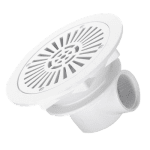





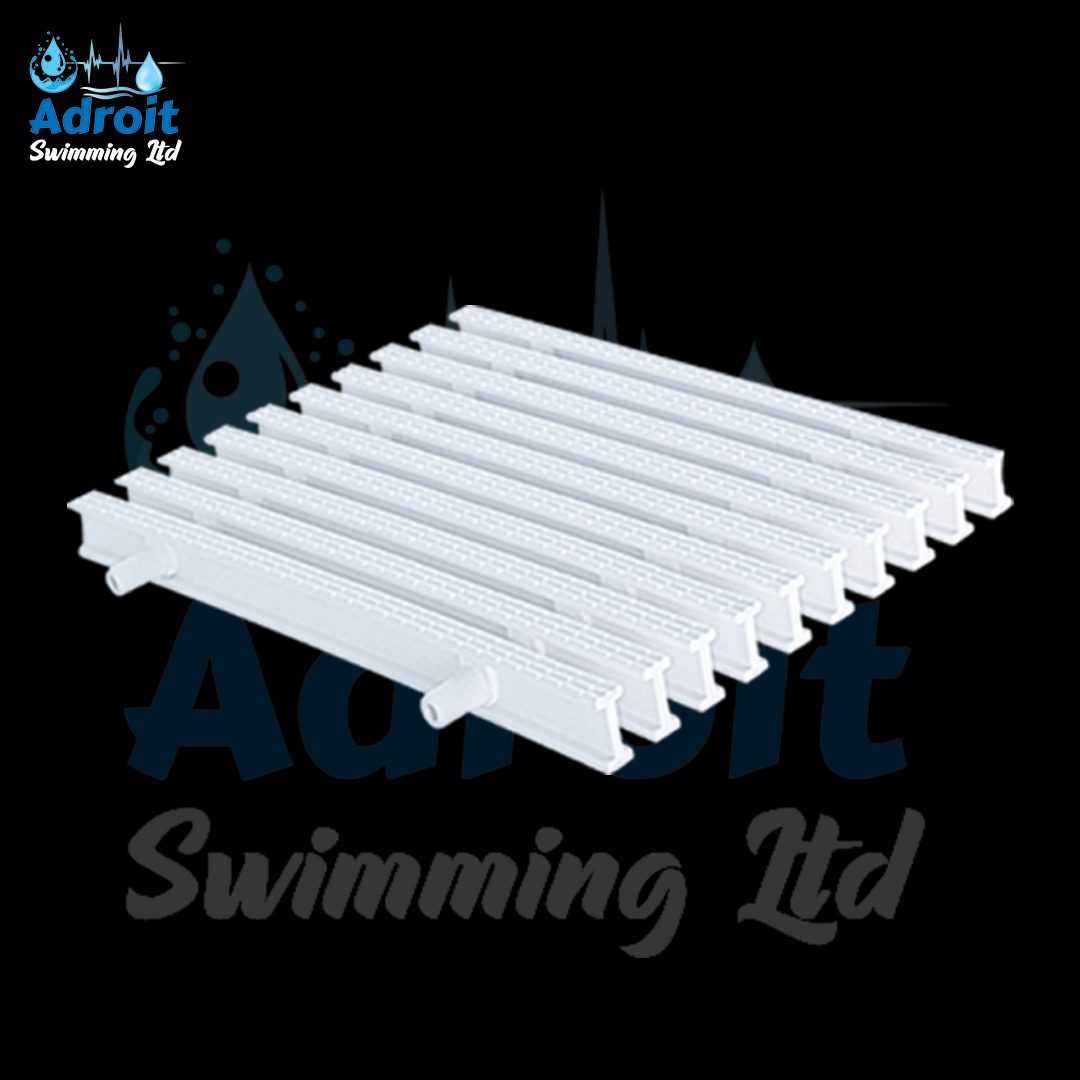

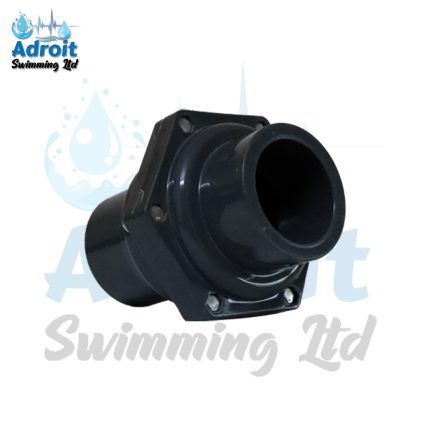
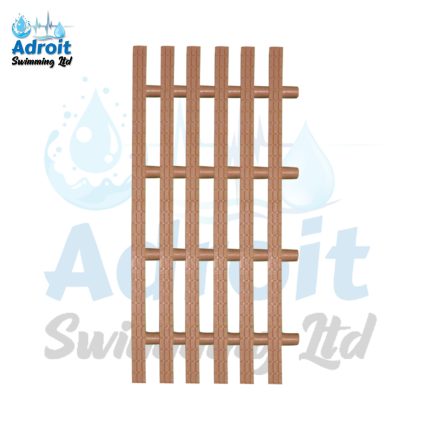


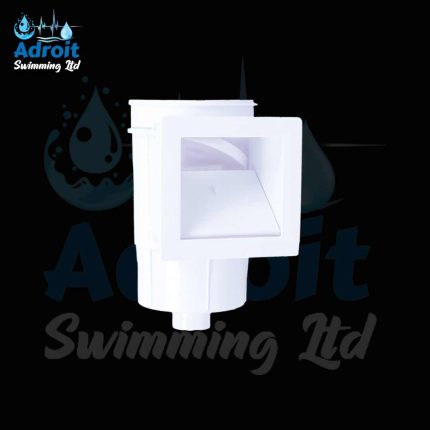

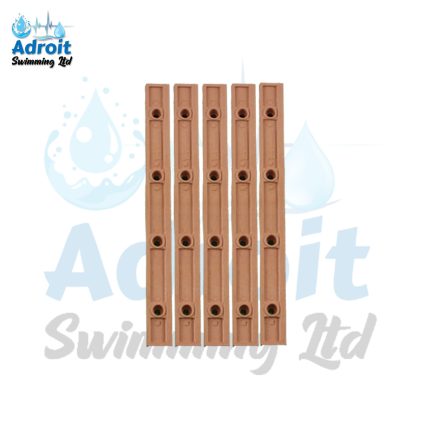
Reviews
There are no reviews yet.